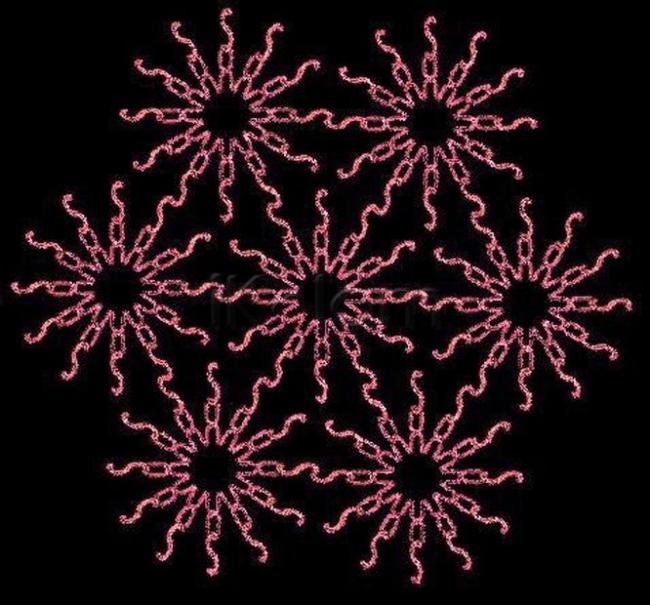Wow amazing and different design for the celebration of sun sir... I don't know anything about daylight saving sir... But after seeing ur write up, I got some information from Wikipedia and it is for ur view sir...
Indian Standard Time
From Wikipedia, the free encyclopedia
Indian Standard Time (IST) is the time observed throughout India and Sri Lanka, with a time offset of UTC+05:30. India does not observe Daylight Saving Time (DST) or other seasonal adjustments. In military and aviation time IST is designated E* ("Echo-Star").[1]
Indian Standard Time is calculated on the basis of 82.5° E longitude, from a clock tower in Mirzapur (25.15°N 82.58°E) (near Allahabad in the state of Uttar Pradesh) which is nearly on the corresponding longitude reference line.[2]
In the tz database it is represented by Asia/Kolkata.
• History
Main article: Time in India
After independence in 1947, the Indian government established IST as the official time for the whole country, although Kolkata and Mumbai retained their own local time (known as Bombay Time) until 1955.[3] The Central observatory was moved from Chennai to a location near Mirzapur, so that it would be as close to UTC +5:30 as possible.
Daylight Saving Time (DST) was used briefly during the Sino–Indian War of 1962 and the Indo–Pakistani Wars of 1965 and 1971.[4]
Criticism and proposals
The country's east–west distance of more than 2,933 km (1,200 mi) covers over 28 degrees of longitude, resulting in the sun rising and setting almost two hours earlier on India's eastern border than in the Rann of Kutch in the far west. Inhabitants of the north–eastern states have to advance their clocks with the early sunrise and avoid the extra consumption of energy after daylight hours.[5]
In the late 1980s, a team of researchers proposed separating the country into two or three time zones to conserve energy. The binary system that they suggested involved a return to British–era time zones; the recommendations were not adopted.[5][6]
In 2001, the government established a four–member committee under the Ministry of Science and Technology to examine the need for multiple time zones and daylight saving.[5] The findings of the committee, which were presented to Parliament in 2004 by the Minister for Science and Technology, Kapil Sibal, did not recommend changes to the unified system, stating that "the prime meridian was chosen with reference to a central station, and that the expanse of the Indian State was not large."[7]
Though the government has consistently refused to split the country into multiple time zones, provisions in labour laws such as the Plantations Labour Act, 1951 do allow the Central and State governments to define and set the local time for a particular industrial area.[8] In Assam, tea gardens follow a separate time zone known as the 'Tea Garden Time' or Bagantime that is one hour ahead of IST.[9]
intersting interlocking design Sir.
Thanks gOmati ma'am for the writeup. During the 1962 India-China war, after finishing my MSc, I was in Coimbatore in my first job at the young age of 19 :-) and in 1965 just joined the IISc for my PhD and in 1971 just joined the university at Madurai after my graduation. While it is true about the daylight savings time then, the wars were very brief and so the Indians were not exposed to this concept. Also with plenty of sun in southern India, there was no need for it. It is a different story in places like Delhi in the winter. But I remember very well the blackout exercises in 1965.
Even when we came here to the US, during our first six year stay in the state of Indiana, we did not have to switch the clock as Indiana did not follow the daylight savings time then. They follow it only since 2006. It was interesting, however, that the TV time schedule used to be different during the winter months! At the moment only Arizona and Hawaii are exempt from the daylight savings time. But even here, earlier the daylight savings time used to be from the last week of April to the last week of October. Then in 1986, it started in the first week of April and lasted till the last week of October. But since 2006, we start the daylight savings in the second week of March and end it in the first week of November. So most of the year (more than 7 and 1/2 months) we are on daylight savings time! Spring forward and fall behind is the mantra :-) However, I still believe India needs two time zones. Regards! - mOhana
Wonderful pattern sir... :)
beautiful design...
I like this pattern very much .Metallic brown color gives glittering effect to this pattern.very nice pattern.
Beautiful pattern jkm sir...thanks for d info about day light saving :)
Fantastic sir :)
well created with a nice thought



